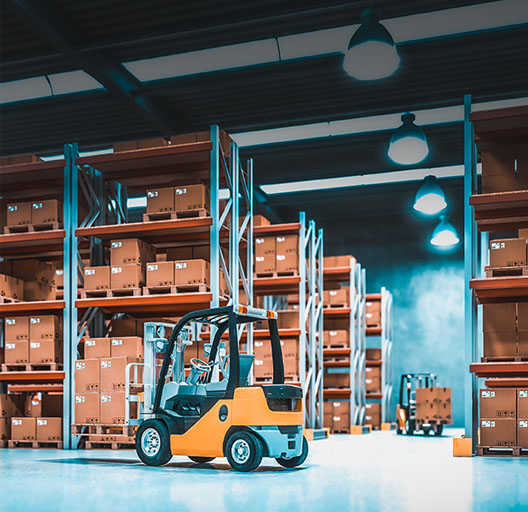Let’s take a closer look at how businesses manage order fulfillment operations. Every business does it differently, and some models have more going for them than others.
1. Third-party fulfillment
With the complete third-party fulfillment model, you leave everything up to a fulfillment service. That includes warehousing, inventory management, and shipping.
Pros
- No need to rent warehouse location
- Less staff on payroll
- Easy to set up
Cons
- Limited control over package and order handling
- No control over shipping accuracy
- Can complicate returns management and frustrate customers
2. Partial third-party fulfillment (delivery)
Some companies only outsource the delivery aspect of fulfillment, handling warehousing and inventory in-house.
Pros
- Full control over package/order handling
- Less staff on payroll
- Easy to set up
Cons
- Warehouse/distribution centers needed
- Limited control over shipping accuracy
- Can complicate and frustrate customers

3. The self-fulfillment model
This is often a great option for local businesses and large-scale ecommerce businesses alike. Just consider your local newspaper boy and Amazon Prime.
Pros
- Full control over package/order handling
- Full control over shipping accuracy and on-time delivery rates
- Faster in-house returns management which can boost customer satisfaction
Cons
- Warehouse/distribution centers needed (non-issue for local businesses)
- Need more staff on payroll
- Difficult to manage process (without the right tools)
It’s difficult to handle fulfillment in-house unless you have the right tools at your disposal.
4. The dropshipping model
Dropshipping is when you forward orders to a third-party wholesaler or manufacturer. You have nothing to do with the supply chain beyond the sale of the product.
Because you don’t handle any of the fulfillment, you have zero control over the speed or handling of your orders.
Pros
- Requires no inventory storage or warehousing.
- Lower staffing costs (no delivery drivers, etc.)
- Low or no shipping costs.
Cons
- No control over the entire fulfillment process.
- Minimal control over customer satisfaction.
- Low profit margins.


